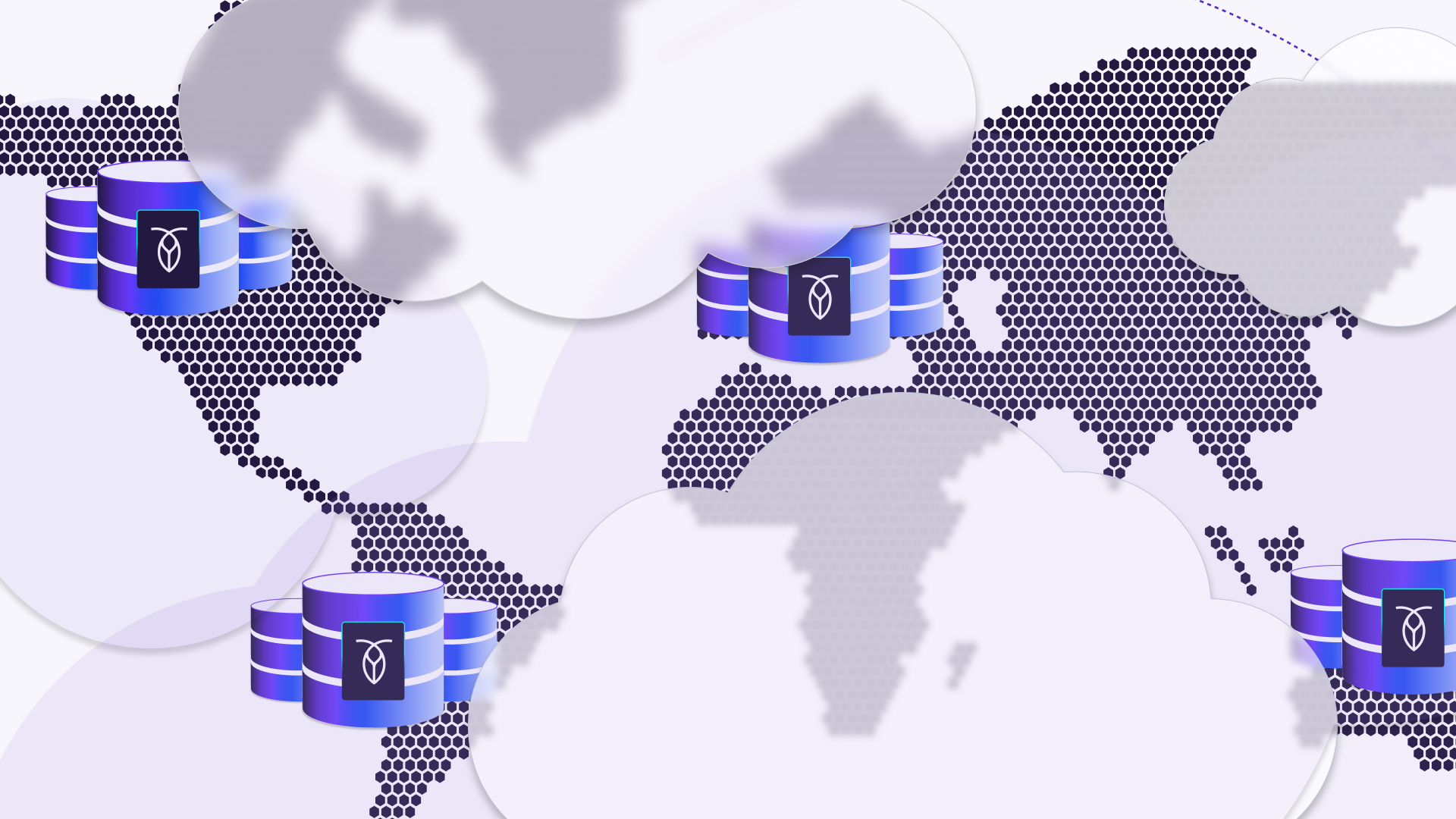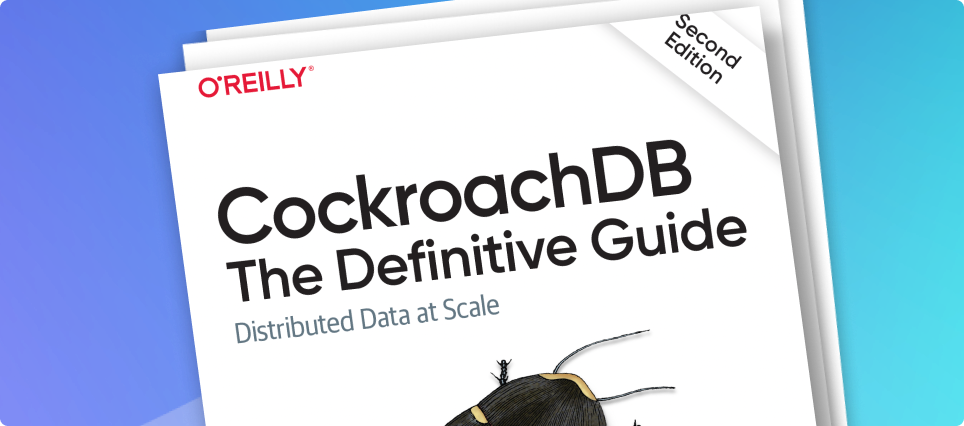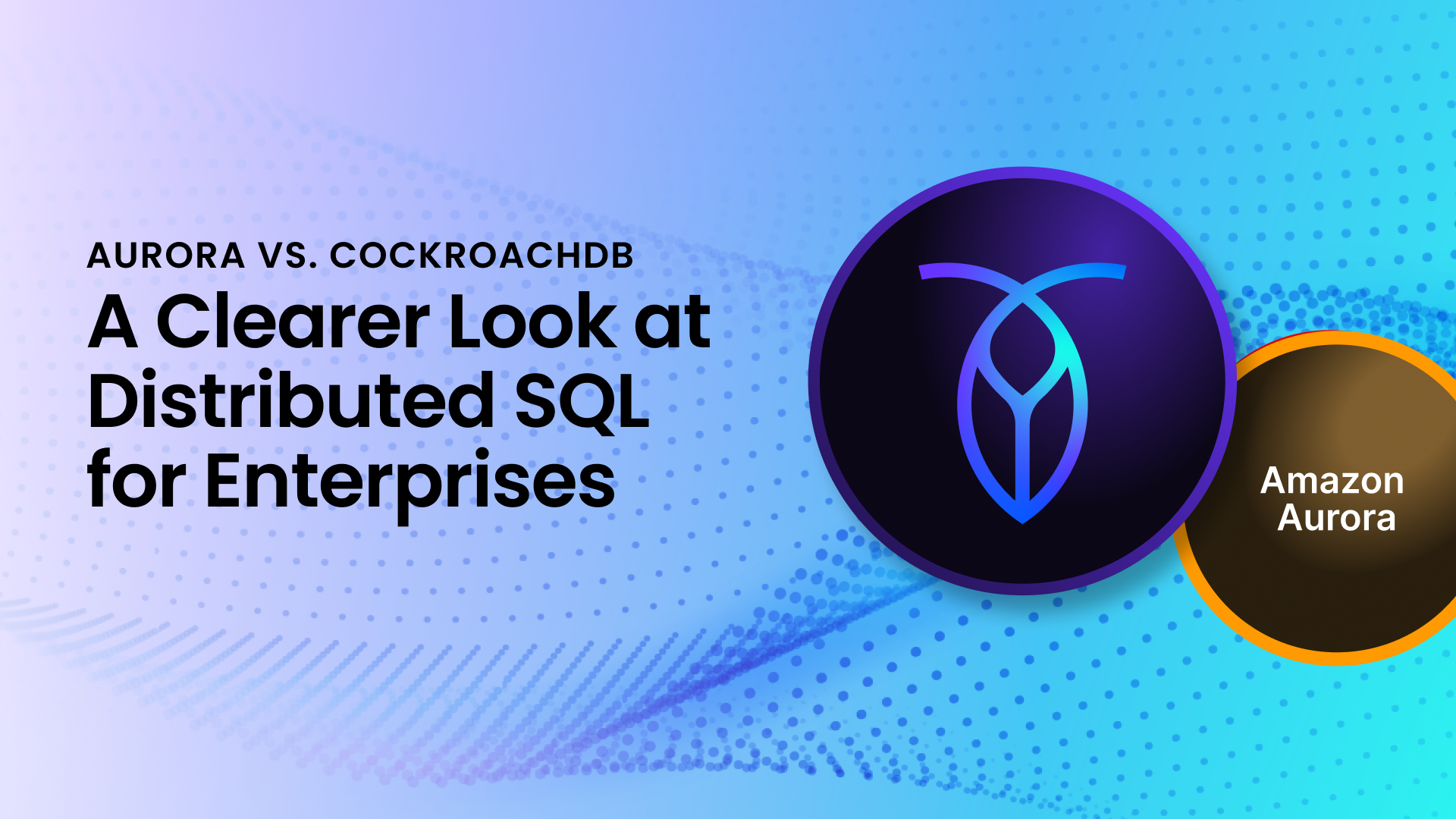The world of business in 2025 demands more from data infrastructure than ever before. The days of centralized, monolithic databases are rapidly fading, replaced by a new era of distributed SQL systems that promise elastic scalability, global availability, and unwavering consistency. CockroachDB — the industry leader in this transformation — represents the cutting edge of this movement, delivering a platform purpose-built for today’s cloud-native world.
So, let’s break down why distributed SQL is better for businesses in 2025 and beyond.
Born for the Cloud, Not Bolted On
Legacy relational databases were never designed with cloud-scale in mind. While traditional databases like Oracle offer the familiarity of SQL and a strong transactional model, they struggle to scale horizontally or tolerate failure across data centers and geographies.
Distributed SQL, and CockroachDB specifically, breaks this model. Designed from the ground up to run on distributed cloud infrastructure, CockroachDB can scale elastically across regions and clouds while maintaining strong ACID transaction guarantees. No manual sharding. No complex failover logic. Just cloud-native resilience out of the box.
Check out a presentation, "Dramatically Simplify Database Operations Across the Application Lifecycle with CockroachDB Cloud" by Lakshmi Kannan, Senior Director of Product Management, at RoachFest, our annual conference where database experts, leaders, architects, and developers gather to future-proof their database infrastructure:
Always-On Availability
Downtime is expensive. In a 24/7 global economy, your database must remain available—even in the face of machine, zone, or region failures. CockroachDB was inspired by the immutable fact of engineering that “at scale, stuff is always happening” (as cofounder Spencer Kimball puts it). Businesses need infrastructure that treats fault tolerance as a first-class citizen.
Thanks to a sophisticated consensus model based on the Raft protocol, CockroachDB keeps your applications online by default. When one part of your infrastructure goes down, the system rebalances and continues — no human intervention required.
Global Scale, Local Latency
In 2025, businesses are global from day one. Whether you're running an eCommerce platform, providing a financial service, or running a massive online game, your users are everywhere — and they expect fast, responsive experiences.
CockroachDB’s multi-region capabilities ensure that your data lives close to your users. By intelligently placing data according to locality and regulatory requirements, businesses can achieve both low-latency access and compliance with data sovereignty laws. With geo-partitioning and regional survivability built into the system, performance and peace of mind go hand in hand.
Strong Consistency Without Sacrifice
In the past, companies had to choose between consistency and availability — a compromise dictated by the CAP theorem. Many NoSQL systems leaned into eventual consistency, prioritizing availability at the cost of data correctness.
CockroachDB refuses to make that compromise. Instead, it delivers serializable isolation — the gold standard of consistency — while maintaining high availability. It’s not just eventually consistent; it’s immediately consistent, globally. That means no lost orders, no stale reads, and no guesswork.
Watch Technical Evangelist, and co-author of O'Reilly Media's CockroachDB: The Definitive Guide, 2nd Edition, Rob Reid's video on "The Importance of Strong Consistency: CockroachDB vs Amazon Aurora" to learn more:
SQL That Developers (and Tools) Love
One of the great advantages of distributed SQL is that it speaks the language developers already know. CockroachDB is SQL-compliant and PostgreSQL-compatible, meaning teams can bring their existing knowledge, drivers, and tools without skipping a beat.
More than that, CockroachDB supports sophisticated transactional queries, joins, foreign keys, and even user-defined functions and stored procedures. Developers don’t have to give up relational modeling to gain distributed performance — they get both.
Built for the Future of Application Architecture
The rise of microservices, serverless computing, and globally distributed systems requires a fundamentally different database. CockroachDB doesn’t just keep up with these trends — it enables them. From cloud-native deployments with Kubernetes to seamless scaling with CockroachDB Cloud, this is a database designed to grow with your business.
Trusted by Industry Leaders
Real-world success stories prove the value. Companies like DoorDash, Netflix, and Hard Rock Digital use CockroachDB to run mission-critical workloads with confidence. Whether migrating off sharded MySQL or replacing brittle NoSQL solutions, they’ve found in CockroachDB a partner that helps them scale without compromise.
Simpler Operations, Lower TCO
Traditional databases often require complex setup, sharding strategies, and constant hands-on tuning just to keep up with growth and avoid downtime. As scale increases, so does the operational overhead — and so do the costs.
CockroachDB dramatically simplifies operations. With self-healing architecture, automatic data distribution, and built-in high availability, DevOps teams spend less time firefighting and more time building. Plus, CockroachDB Cloud offers a fully managed experience with automatic upgrades, monitoring, and scaling — so businesses can focus on innovation, not infrastructure.
The result? A lower total cost of ownership (TCO) and faster time to value, especially as applications scale globally.
O’Reilly’s CockroachDB: The Definitive Guide
Unlock the potential of distributed SQL. The 2nd edition of this comprehensive resource provides even more in-depth knowledge and practical strategies for building resilient, scalable distributed applications.
Future-proof your infrastructure with CockroachDB
For businesses in 2025, the choice is clear. Distributed SQL isn’t just a technical upgrade — it’s a strategic one. With CockroachDB, you’re not just getting a database; you’re investing in a platform built for resilience, scale, and developer productivity. As more companies recognize the power of distributed SQL, the question isn’t if you’ll make the move — but when.











